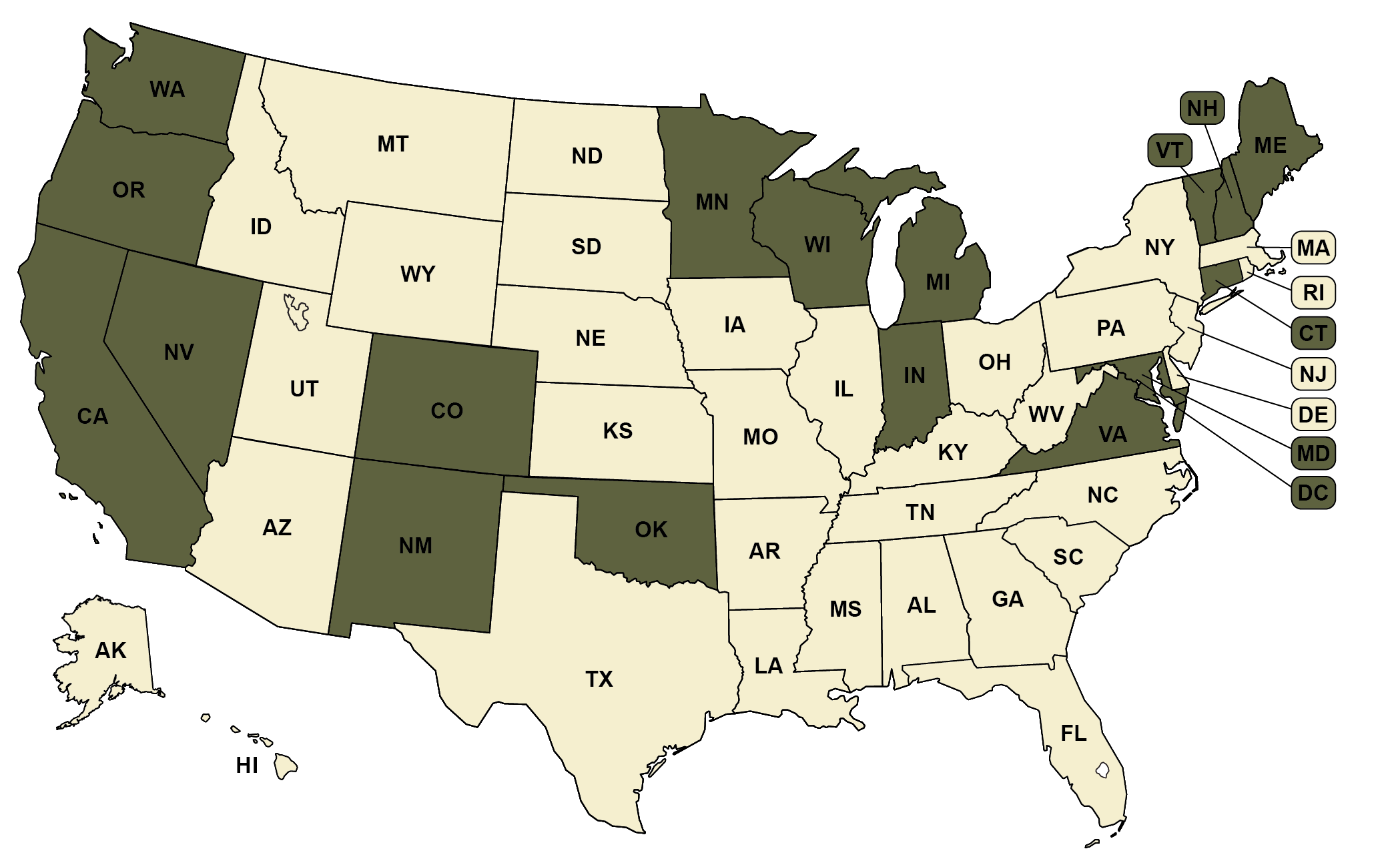Since 2020, state and local election officials have increasingly been the targets of an alarming increase in violent threats and harassment. Much of this rise can be linked to the proliferation of unfounded claims of voter fraud and rigged elections. As a result, some states have put in place new laws that seek to explicitly protect the election officials who protect our democracy. These additional protections may include increased criminal penalties for threatening or harassing officials, interfering with officials in the performance of their duties, or allowing officials to have their personal information exempted from public records. Note: Generally applicable state laws may already be in place that can be used to protect election officials and prosecute perpetrators of threats or intimidation. This map is intended to track new state laws explicitly intended to protect election officials in response to the recent increase in threats and harassment.

-
State has a law protecting election officials against threats
(18 states + D.C.)
-
State has not passed a law explicitly protecting election officials against threats
(32 states)
Recommended citation: Movement Advancement Project. "Laws Protecting Election Officials Against Threats." https://www.mapresearch.org/democracy-maps/laws_protecting_election_officials_against_threats. Accessed [day of access]
Breakdown by Population
*Note: These percentages reflect the voting-eligible population, as reported by the United States Election Project.
34 % of the population lives in states that have a law protecting election officials against threats
66 % of the population lives in states that have no applicable law


